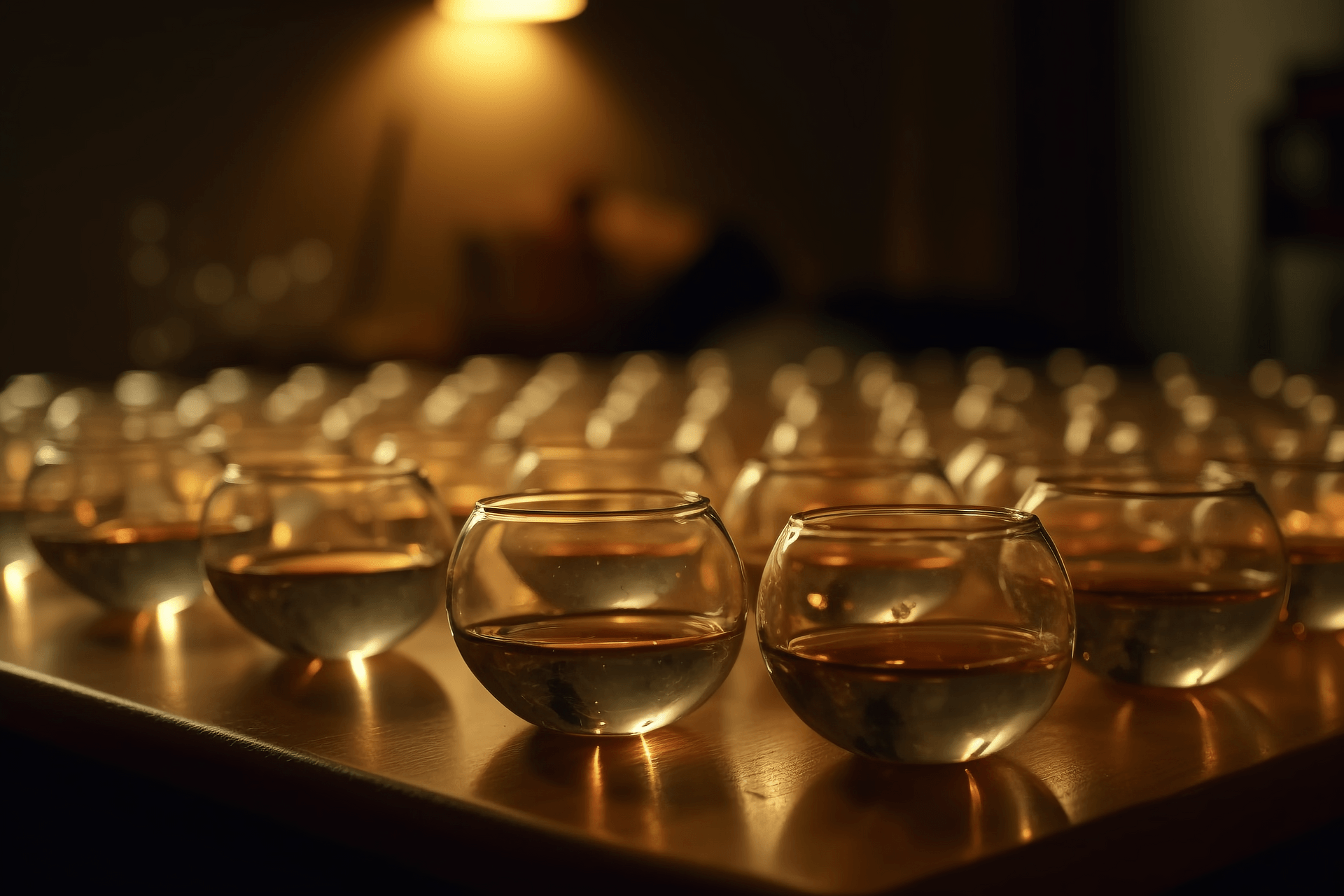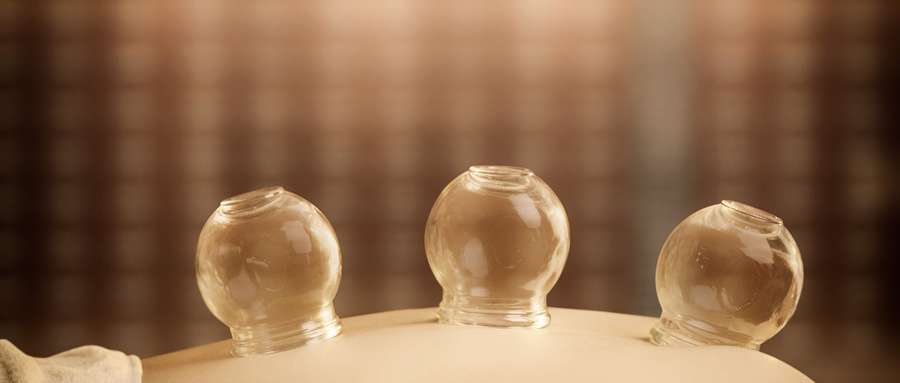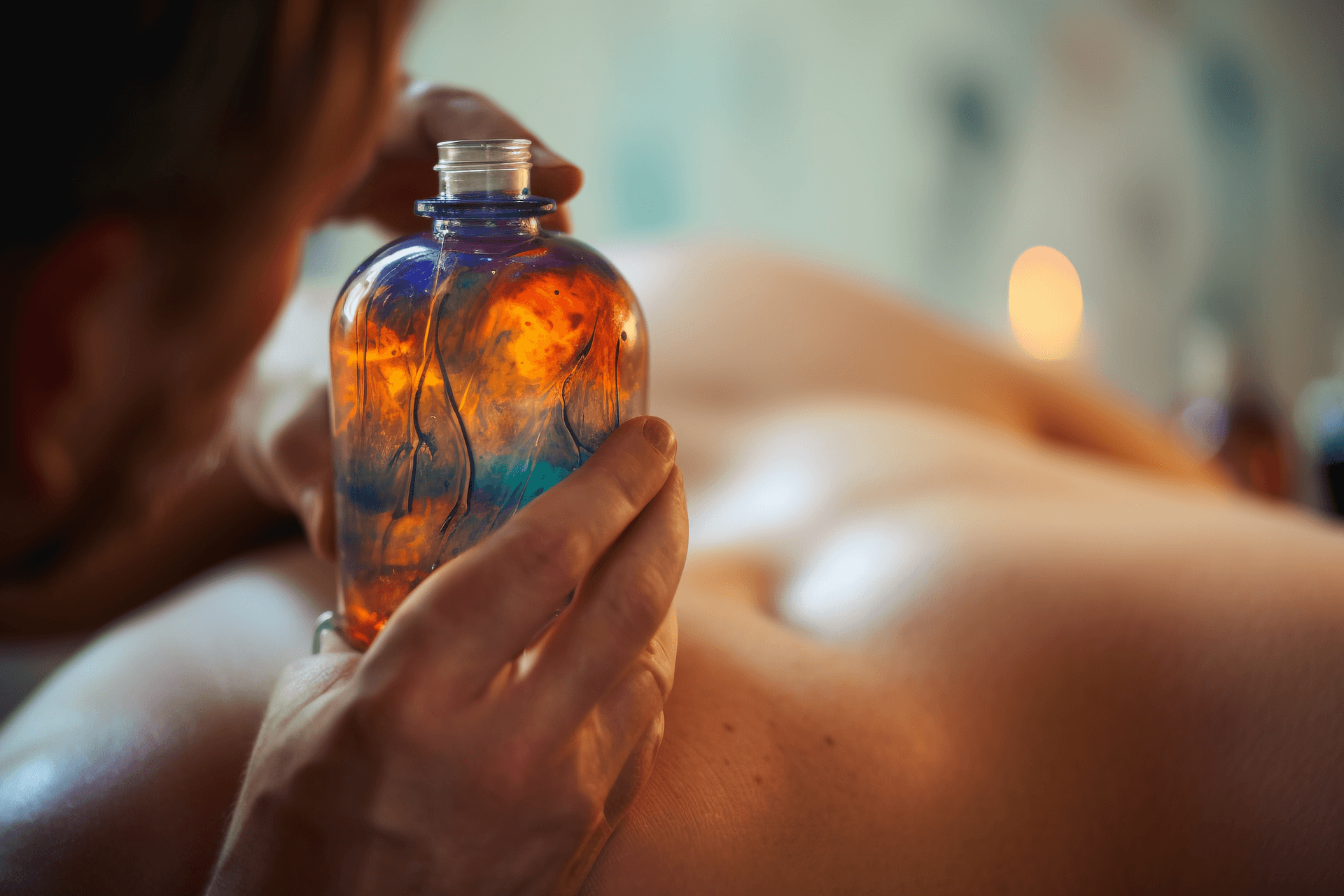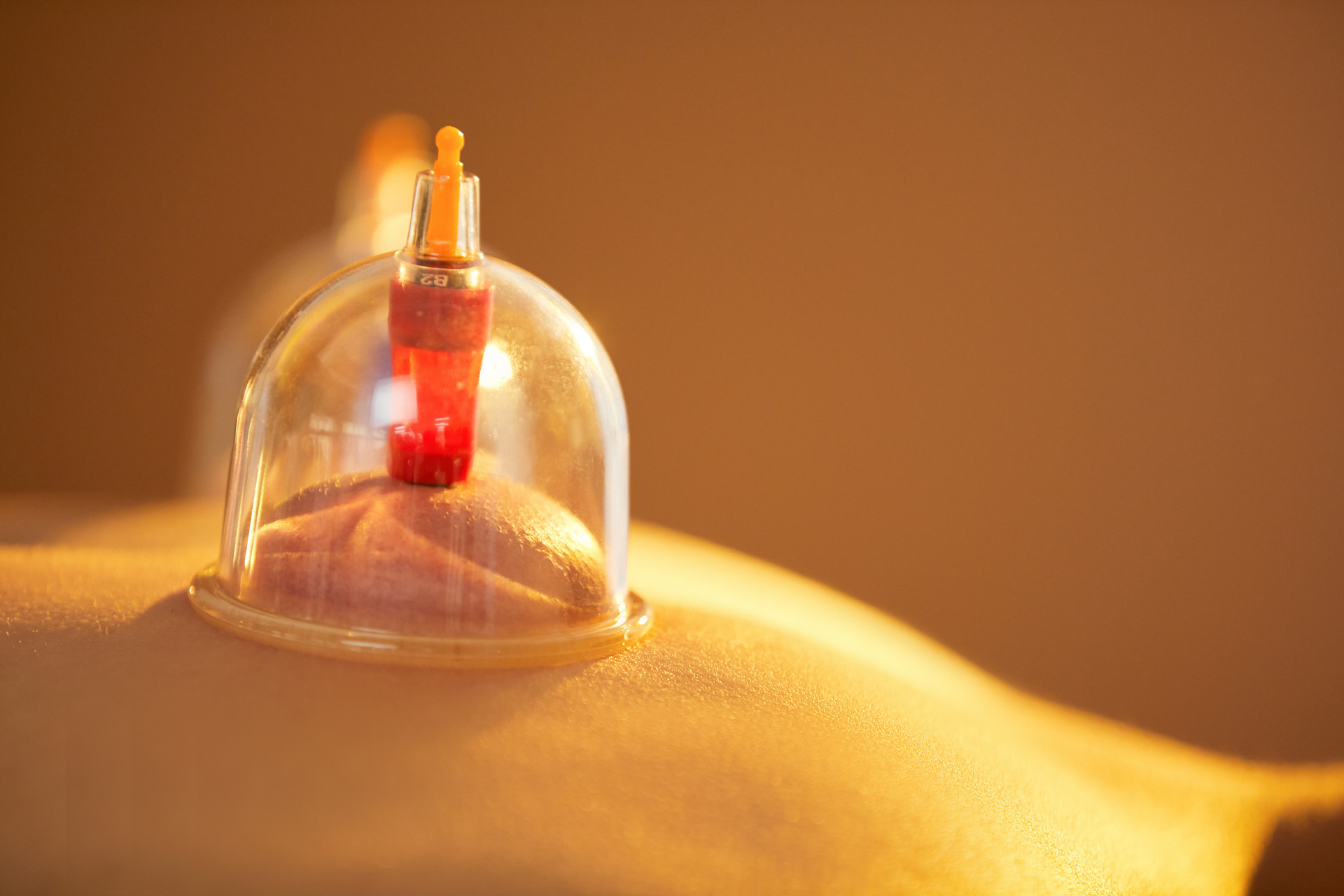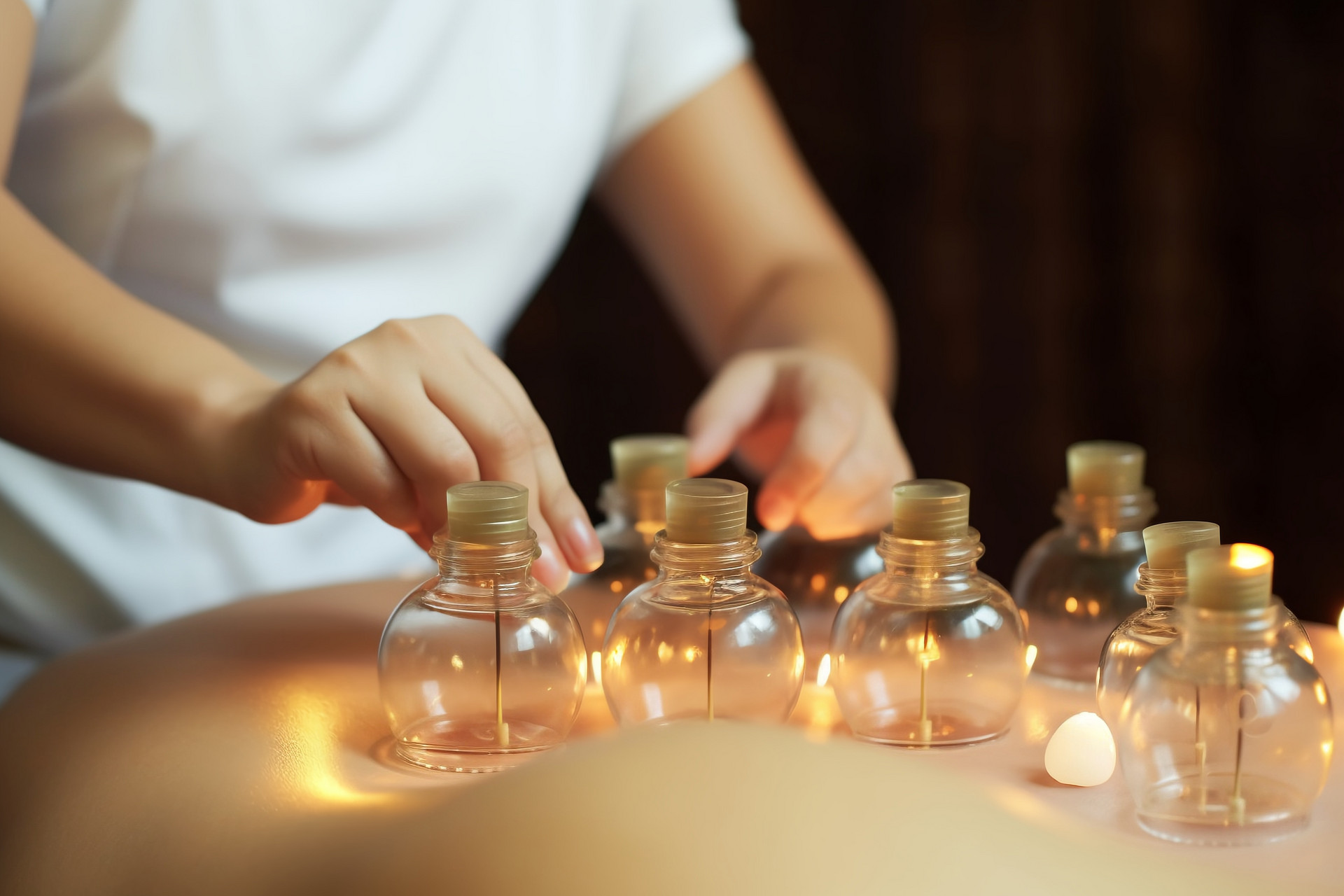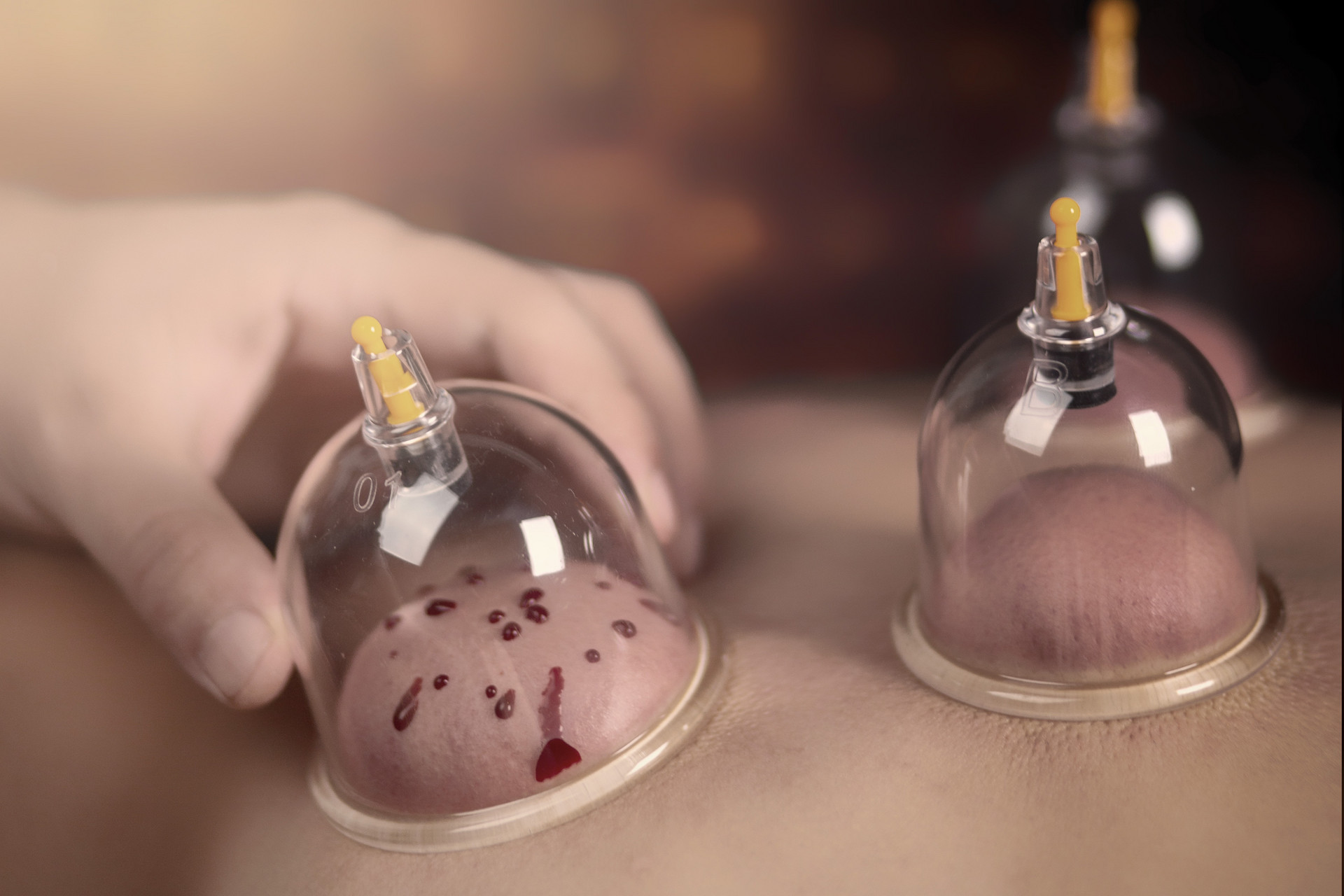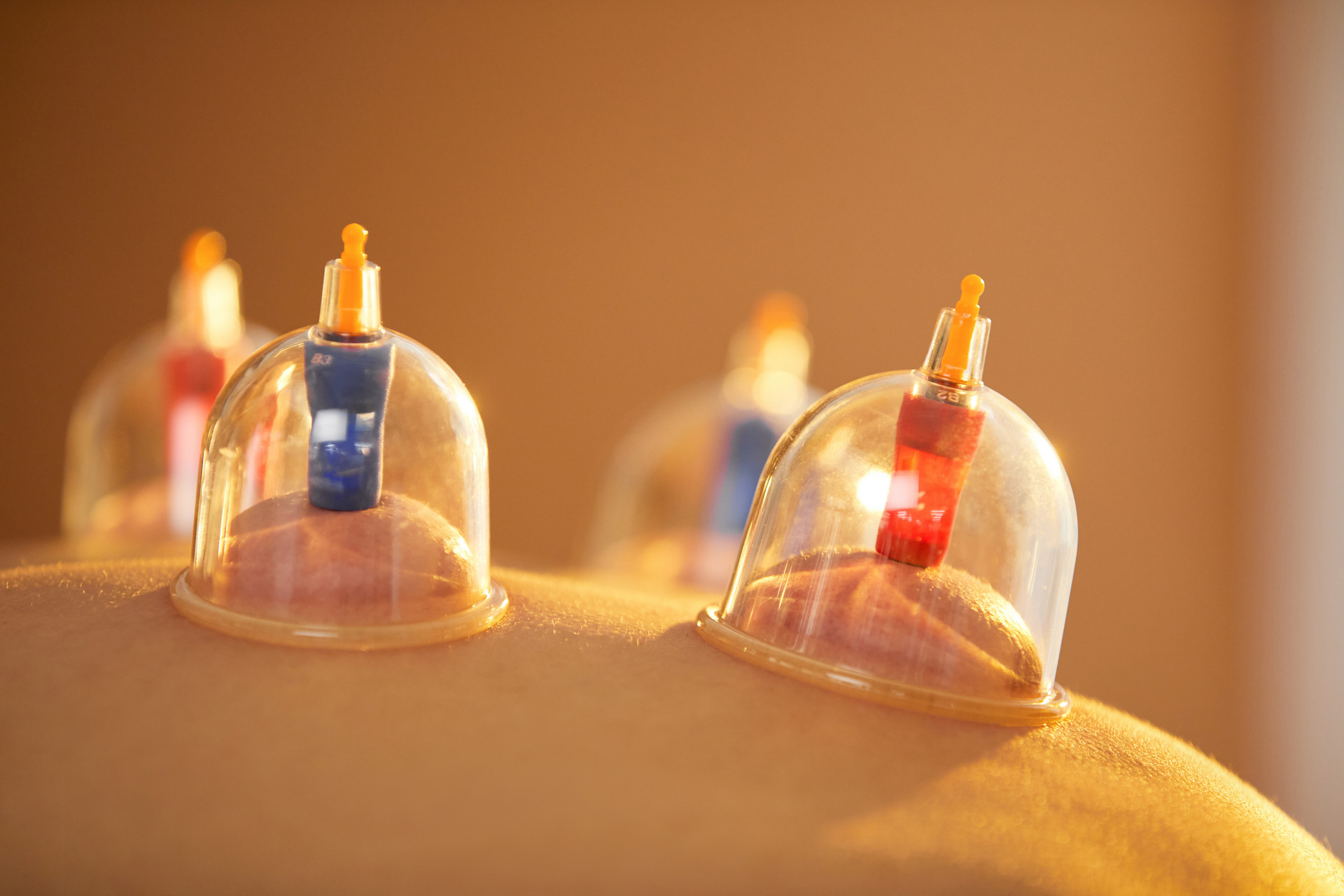
When it comes to cupping, most people are not unfamiliar. With the popularization of cupping at home, when feeling unwell, cold, or experiencing back pain, people often choose to cup themselves. Although cupping is simple and convenient, if not done properly, it can not only be ineffective but also harmful.
Recently, in a shopping mall in Qingdao, Shandong, a woman had cups stuck on her body during cupping therapy due to improper operation. Helpless, she had to seek assistance from firefighters. In recent years, there have been many reports of people seeking help from firefighters due to accidents caused by improper cupping. In fact, cupping requires technique and has certain taboos. It is best to seek cupping treatment from professional medical institutions without proper training and practice.
Experts explain that although cupping is a simple and convenient health care method, many patients have misconceptions. They believe that the longer the cupping time and the tighter the suction, the better. However, this is a misunderstanding. The correct cupping time should be around 10 to 15 minutes. In addition, many people who cup themselves at home often rely on their feelings to determine the cupping location. For example, if someone's lower back feels cold, they may only cup the most painful area. However, traditional Chinese medicine emphasizes the need for accurate diagnosis and treatment to determine the cupping location, rather than simply cupping wherever it is uncomfortable.
Therefore, the following cupping precautions should be taken seriously. People with weak constitution, sensitive skin, during menstruation, and pregnant women should be cautious. When cupping at home, attention should be paid to preventing burns and igniting flammable materials. The cupping time should not be too long, with a recommended duration of 5 to 15 minutes. The interval between two cupping sessions should be 2 to 5 days. After cupping, the cups should not be removed immediately. The correct method is to tilt the cup slightly with one hand and press the skin in contact with the cup with the fingertips of the other hand, allowing air to enter the cup through the gap, and the cup will naturally separate from the skin. After cupping, do not take a bath immediately because the skin is sensitive and fragile, and bathing at this time can easily cause cold air exposure, skin damage, and inflammation. If there is itching on the skin after cupping, scratching should be avoided to prevent skin damage and infection. Rest is advised after cupping, and it is recommended to drink a glass of warm water. Cupping in winter requires special attention to keep warm and avoid direct exposure to cold winds.


